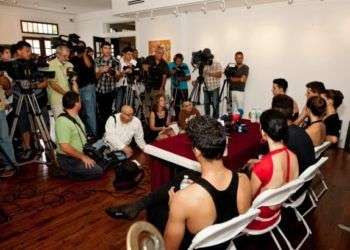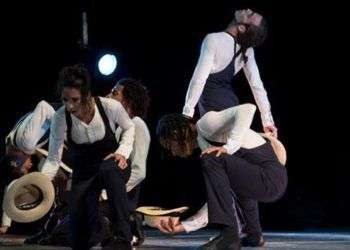Síntesis, the sound of ancestors
WHEN I WAS BORN, 40 YEARS HAD GONE BY SINCE Carlos Alfonso spent the first night of his life on a bench in Santo Suárez Park, in the arms of his mother, on August 10, 1949. By the 1970s, Carlos Alfonso had met Ele Valdés. At that time, his attempts to make music had led him to a Ministry of Culture work camp during the sugar harvest in Matanzas, and subsequently to Trinidad, where his encounter with Afro-Cuban music would define the premise for the sound of his band, Síntesis. How was the sount of Síntesis born? I was participating in a Yoruba religious ceremony during a film shoot, and we realized that if we combined that music with other types of sounds, we would have something that had never been done before. (Carlos Alfonso was right. The musical esthetics of this group, influ- enced by the creativity of Mike Porcel, Lucía Huergo, and—over the last 20 years—by Esteban Puebla, made Síntesis stand out in Cuban music. It is the same group that since 1976 has embodied a sort of school or rehearsal room for many Cuban artists.) Even though the hegemony of commercial music is growing, Síntesis survives with...






